This Was Our Brown County Book
by Lonnie Ayers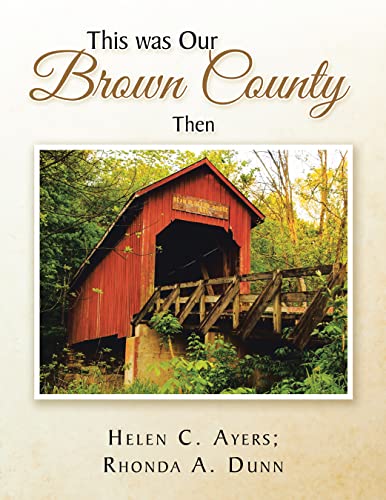
This Was Our Brown County Book
I have been contemplating writing this book about the history of Brown County, Indiana, for some years and finally decided now was the time to do it. I consider it a part of my historical novels about Brown County, having written two others in 2006 which are still selling well.
My first books I wrote were about the people who migrated here in earlier years and their descendants now living in Brown County. The first of this trilogy “Appalachian Daughter,” gave information about the great exodus of the mountaineers from Letcher County, Kentucky, for the hills of Brown County in the mid to late 1940’s and some much earlier. This would be their second exodus in search of a better life since Daniel Boone found the Cumberland Gap.
Almost without a burp, hundreds of people left that Pine and Black Mountain area for southern Indiana, Ohio, Michigan and Chicago in search of a better life. I tell the tales of our friends and later in 1948 of my own family leaving the idled work fields of the coal mines. You either worked in the mines or transporting the coal from the tipples to outlying areas in other states where jobs were more plentiful.
I chose my family to talk about simply because I knew my family better than I knew any of the others, but it was chosen because it was so similar to those living in Indiana’s Northwest Territory a hundred years and more prior to our move. All our families came from similar beginnings in the eastern coastal states.
We, each clan, had things we did a certain way, for instance, rearing our children in the church of our choice, schooling them in one and two room schools they could walk to because there were no school buses running at that time, to how we raised and cooked the vegetables and meats we raised and preserved for future use on our little “farms” up on those two mountains, hunted for our foods from the wilds, etc.
The people who were moving from Corydon in 1813 to the city of Indianapolis, which was still almost totally unsettled that year, faced many of the same problems we faced when moving from Kentucky to the Northern states beginning after World War II. Letcher County lost about half its population in the last half of 1940, dropping from about 43,00 down to 23,000 in just four years. Its population now is estimated at 17,000 while Brown County stands about 15,000.
The schools we lived in in southern Indiana saw a glut of new students when the parents found out a school bus stopped right in front of our doors to take their children to a nearby school.
The school where I was enrolled had several of these children from the Kentucky area in each class, so many in fact that a new school had to be built immediately to hold all the children enrolled from kindergarten to sixth grade.
When we first arrived we were treated differently from the ones already there. For instance the first teacher despised our drawly southern accents so much that we adapted our speech to the ones the teacher could understand, but a few would never adapt and spoke with that twang their entire life.
We also had to bring our religious teachings with us too since there was not a church like the Old Regular Baptists within 350 miles of us. My mother discovered an empty building that could be changed into a church while sitting at her commercial ironer one day, sort of trying to think and work at the same time. An abandoned garage sat across the street and that was turned into a church house. The families “adapted.”
This trilogy saw me sitting here laughing at the antics of some of those traveling north to establish Indianapolis as their new homes and as the capital of Indiana. I threw problems at them as I wrote, then watched how the travelers solved those same problems. Most of them were solved the same way my mother would have done. I would let them wrestle with their answers until I would eventually explain Mother’s methods. Mother was a true mountain woman and knew their ways and methods better than anyone I ever knew.
I have said many times that Mother would have been a great help to generals Patton and Bradley if they had but asked for her advice.
One thing I threw at them was what did they do to provide milk for their very young, not nursing infants, on this 130-mile trek. It came to me one night in my sleep. I got up and wrote the answer to that problem in the middle of the night. Of course, she traded that big guernsey cow for three nanny goats to provide milk for the younger toddlers. It worked.
What did she do if her goats ran out of pasturage on the trip? Of course, she taught even the youngest children to hold a flat rock in their hand, move it upwards to winnow the hay growing right alongside the wagon train. The goats slept under the covered wagons, tethered by a rope and walking alongside the wagon and the children enjoyed this.
What did they do if their provisions ran low? She had her teenage sons and their friends gather huge supplies of fish from White River when they crossed there. She provided pounds and pounds of fresh fish for their supper that evening then salted down the rest in a wooden barrel she had emptied and salted that fish for later use.
How did they cleanse themselves? They had made a new supply of lye soap for them to use on the trip, not realizing when she added wood ashes to boiling water and pig fat, she was making lye.
All these things my Mother knew how to do. She taught them, through me, how to make shucky beans, how to prepare them to be eaten, pickled corn and things like that. I gave the answers to each of these problems so the readers of the book could understand how to make these things themselves. In essence giving the modern day readers of this book some long-lost or neglected recipes.
I hope you enjoy this book as much as I enjoyed writing it.
https://www.amazon.com/This-Was-Brown-County-Then-ebook/dp/B0BJ1VBG5C/ref=sr_1_1?crid=1P1FGRNKC3IVM&keywords=this+was+our+brown+county&qid=1667210878&sprefix=%2Caps%2C144&sr=8-1
About the Author
Lonnie Ayers

Lonnie Ayers is a veteran SAP consultant, digital marketer, and co-founder of Brown County Souvenir. He focuses on strategy, automation, and regenerative commerce.




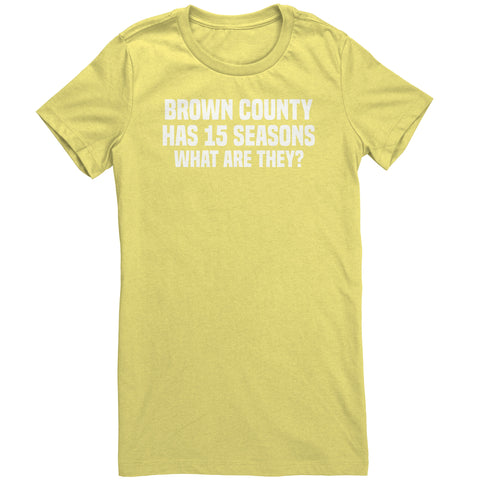
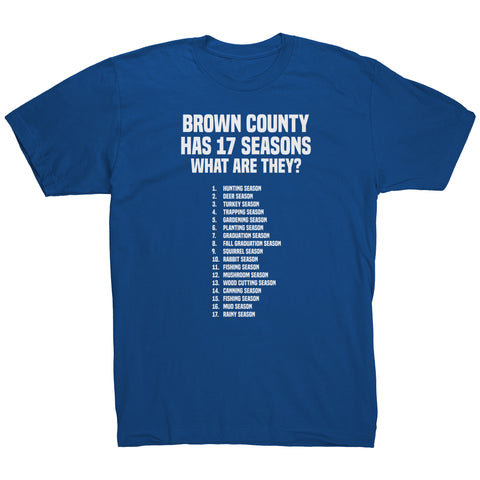
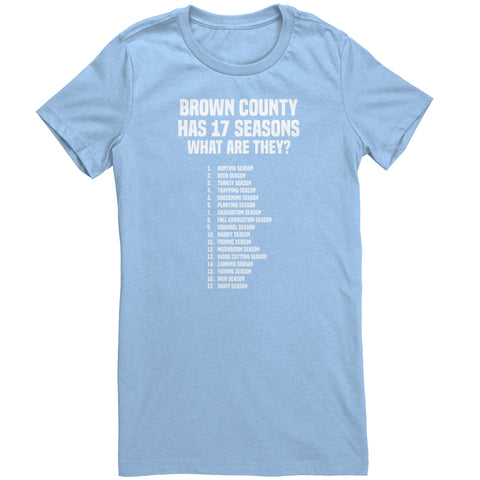
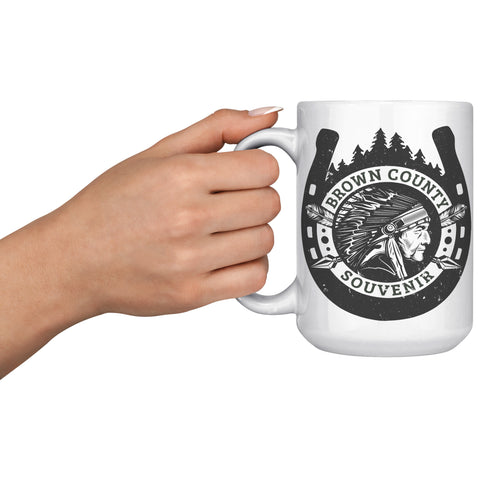

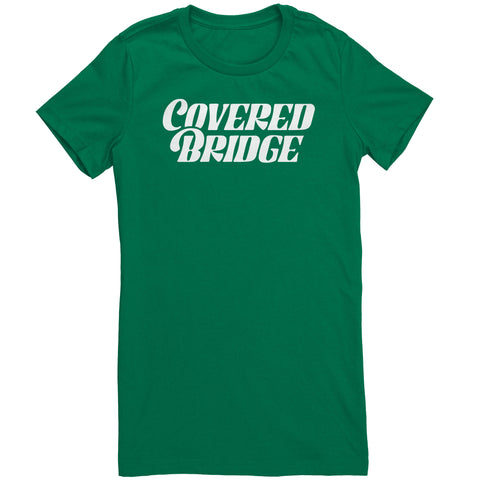







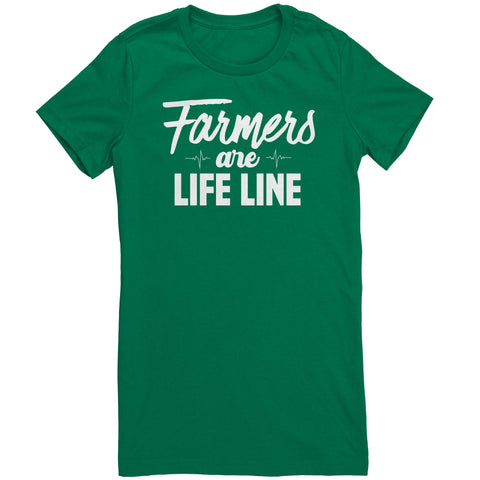

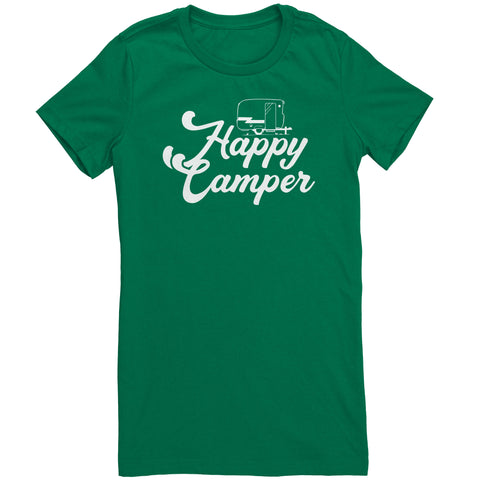
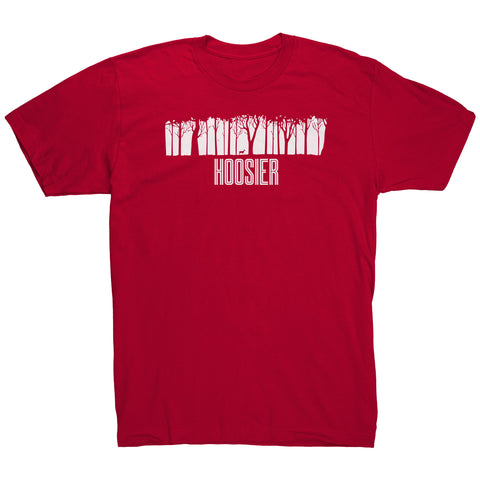

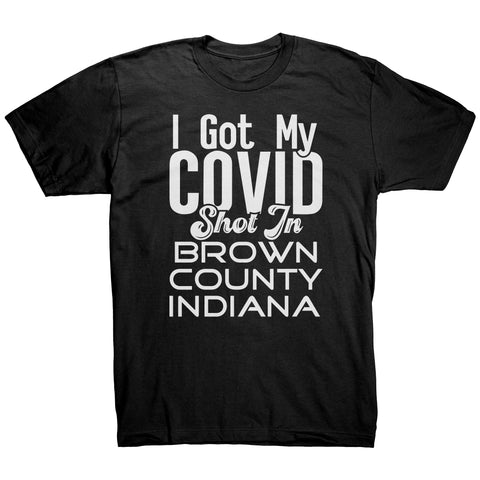
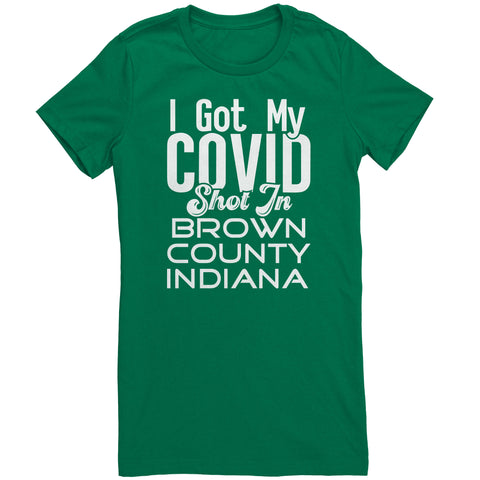

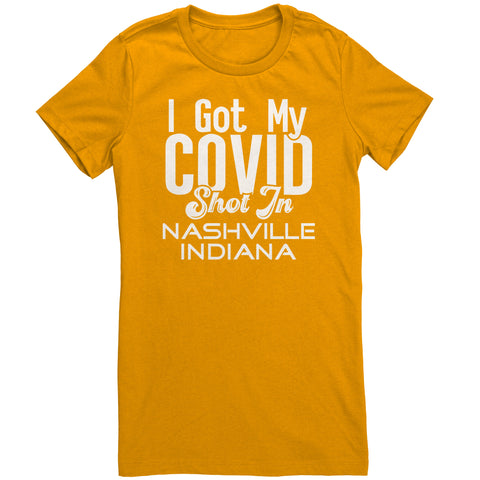
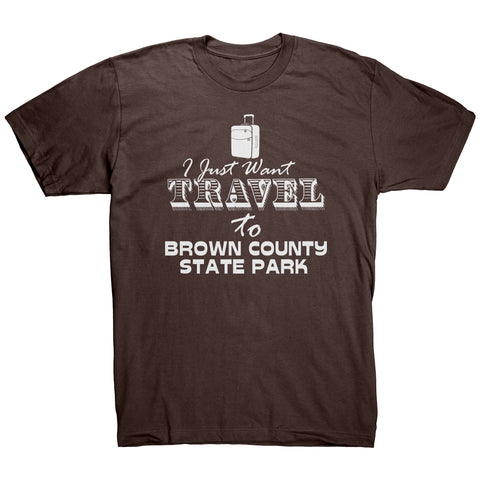



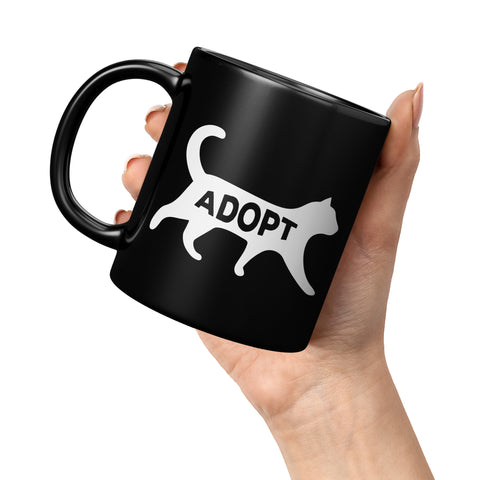




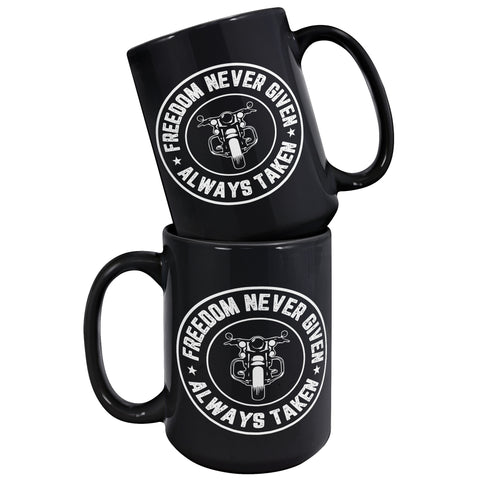




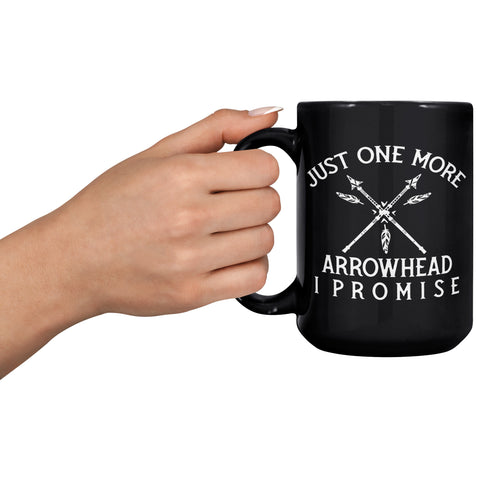
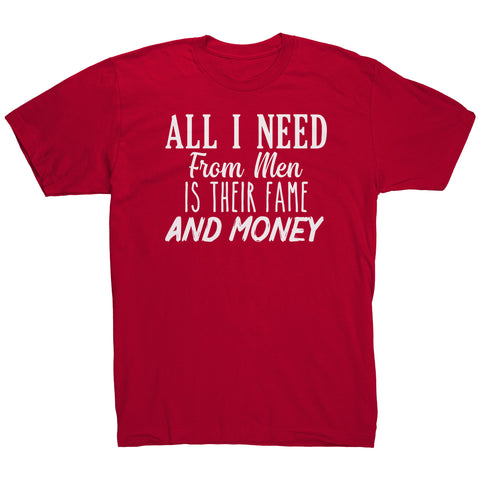










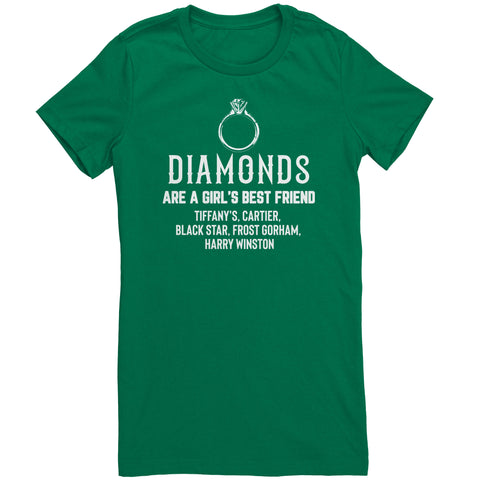

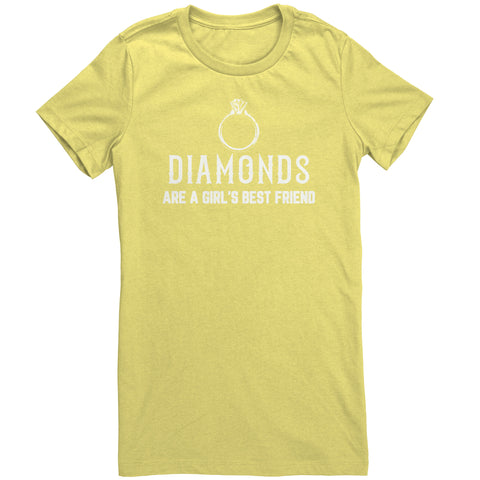
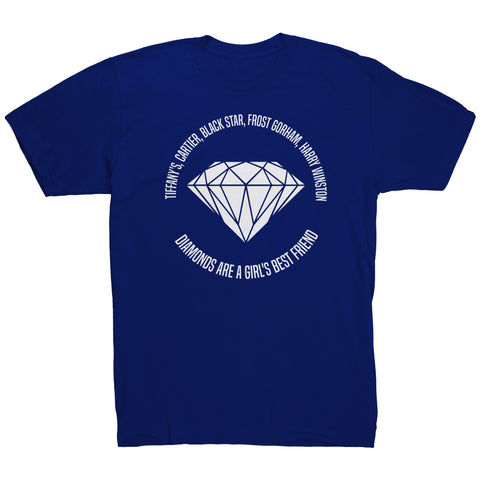
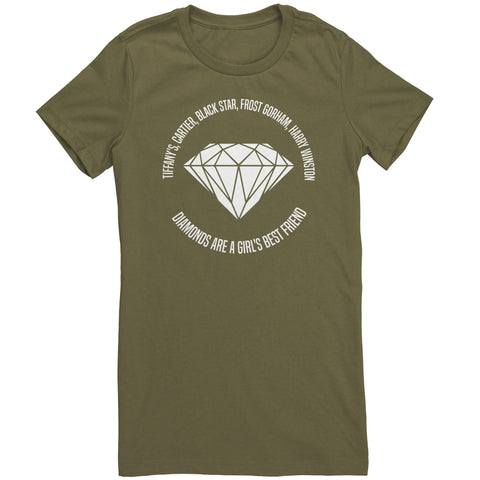


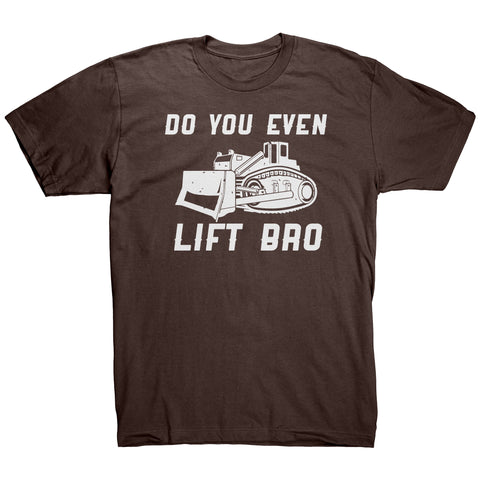
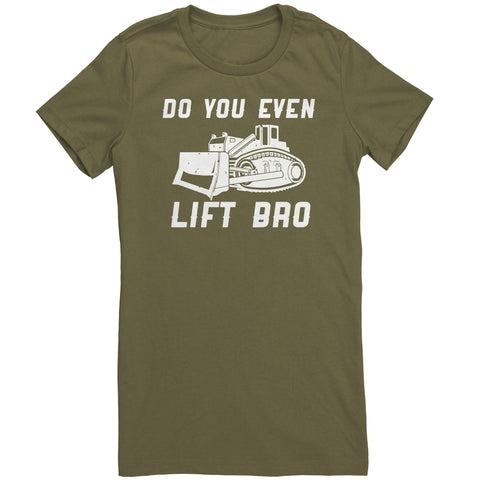
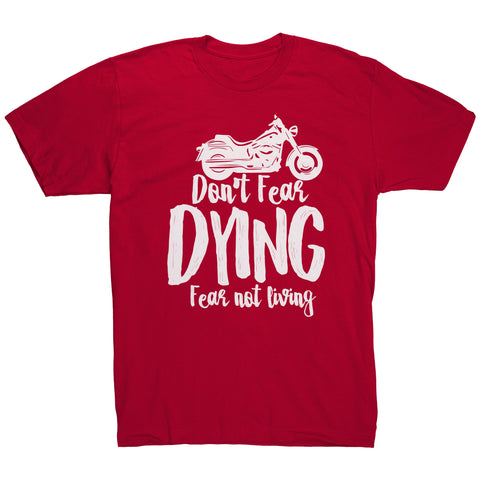
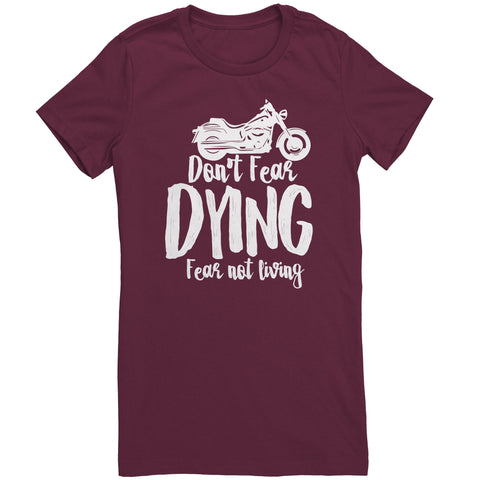



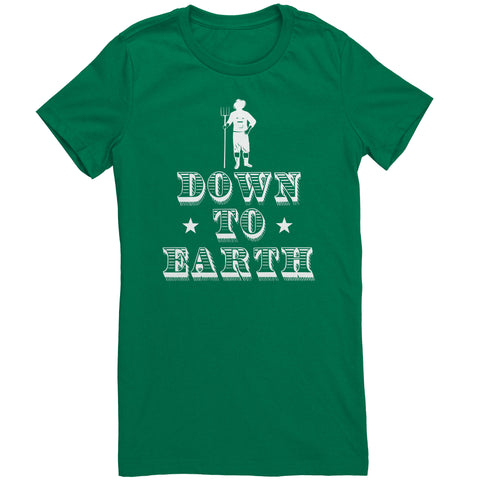

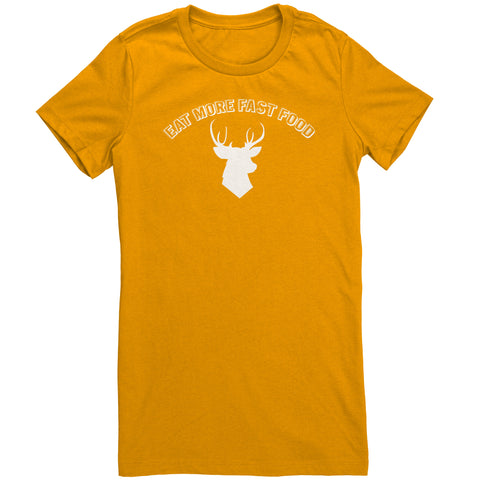
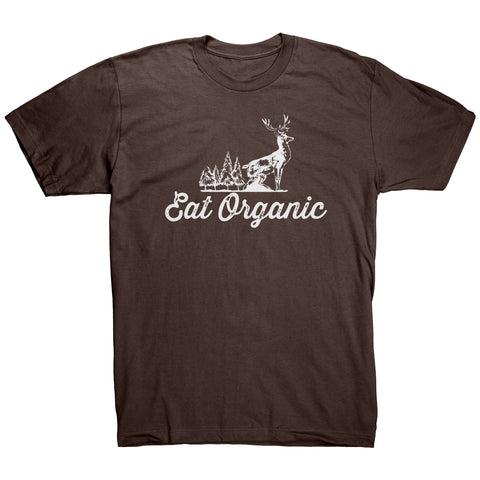
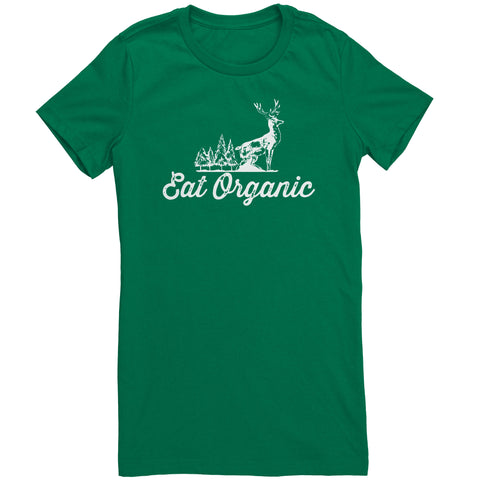


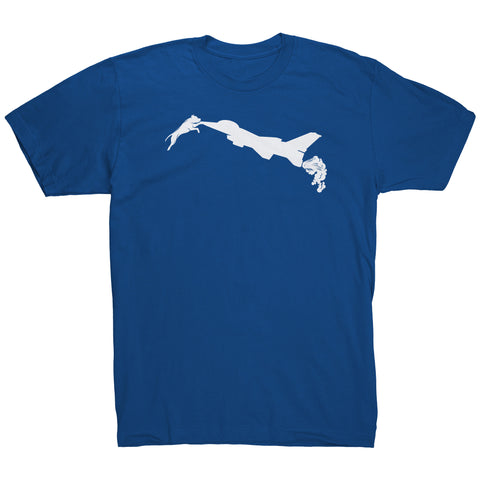




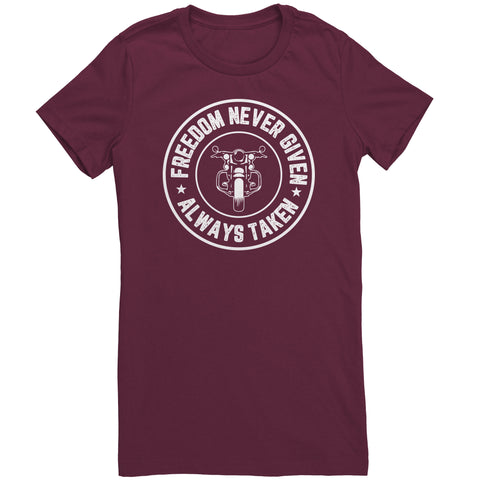




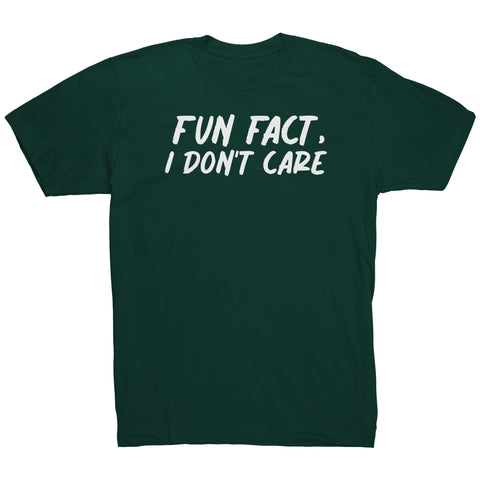




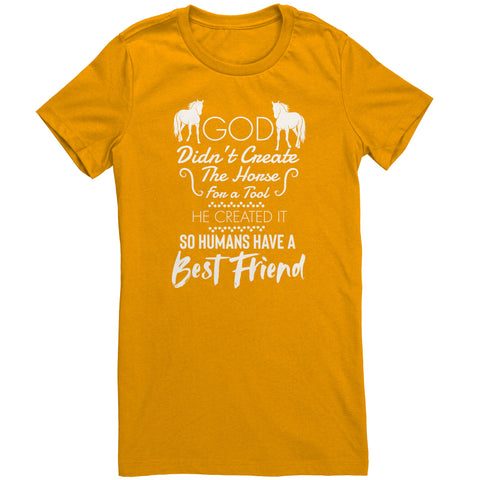

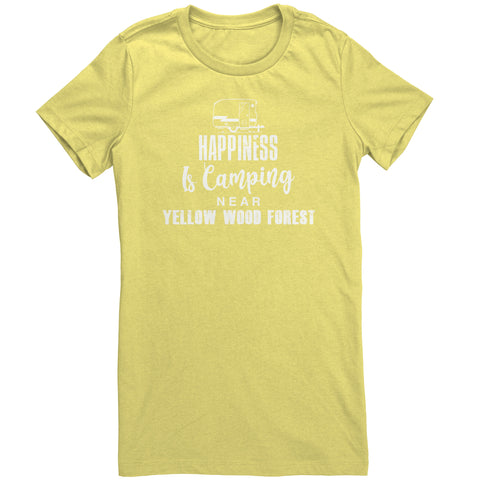
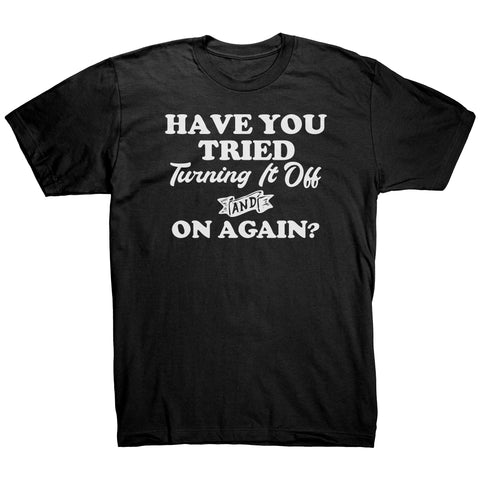
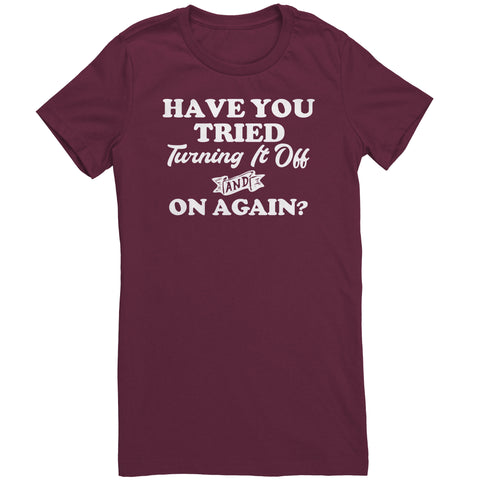










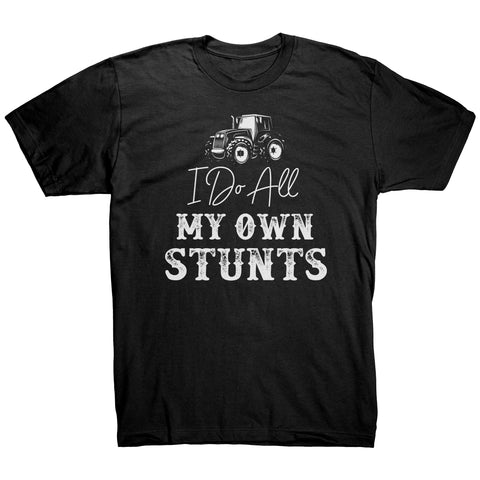

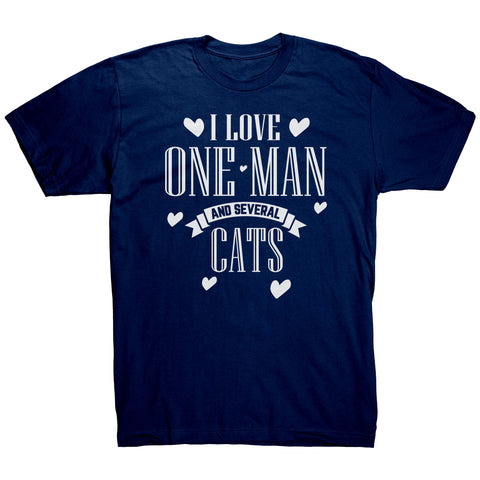



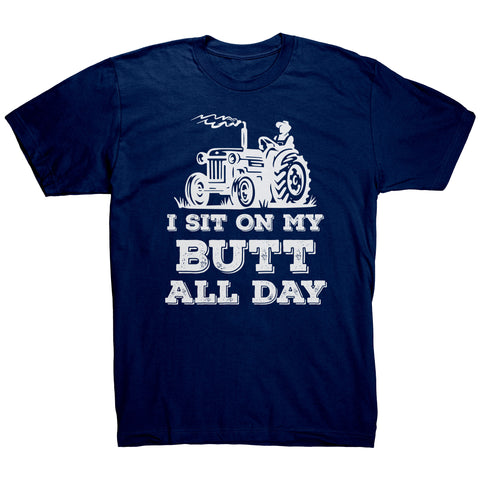
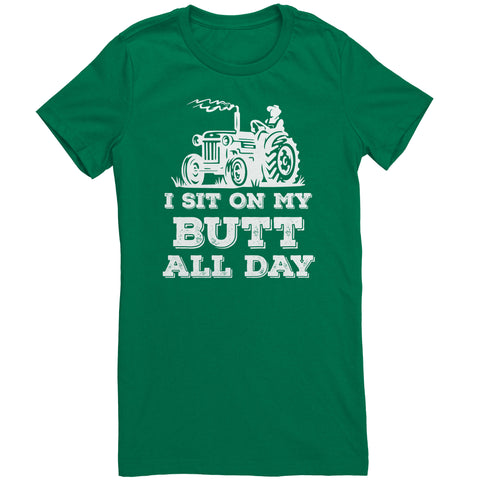




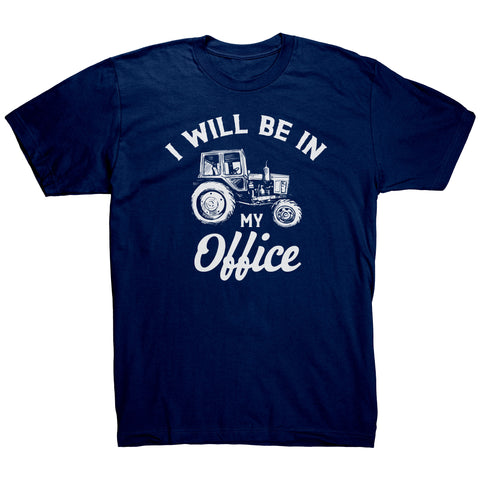
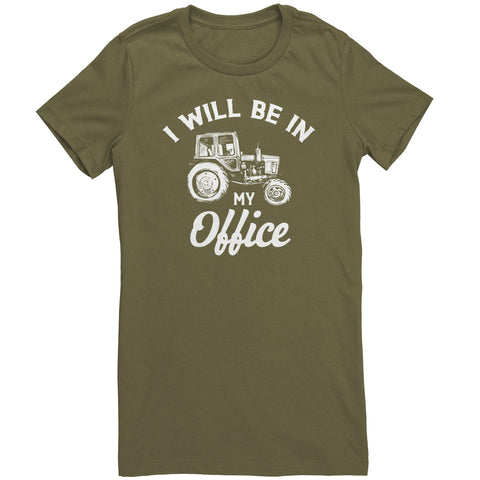



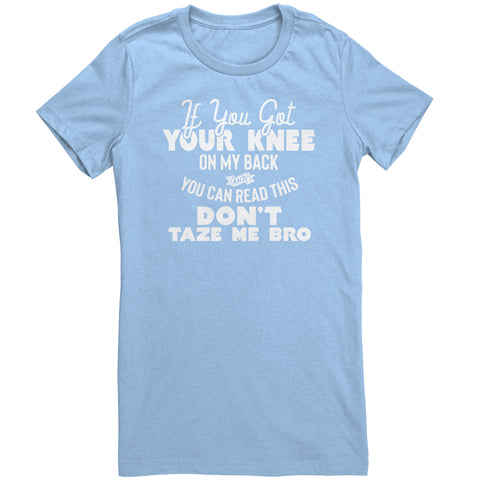

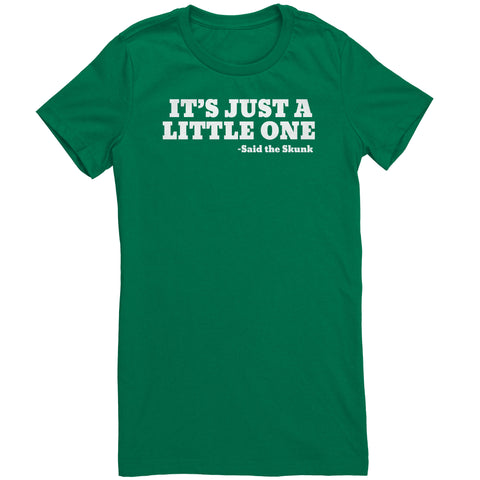
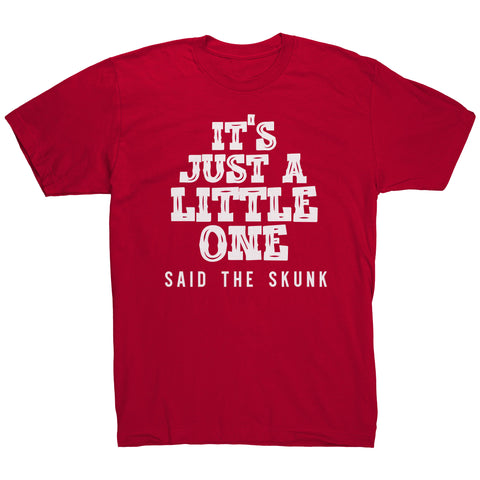
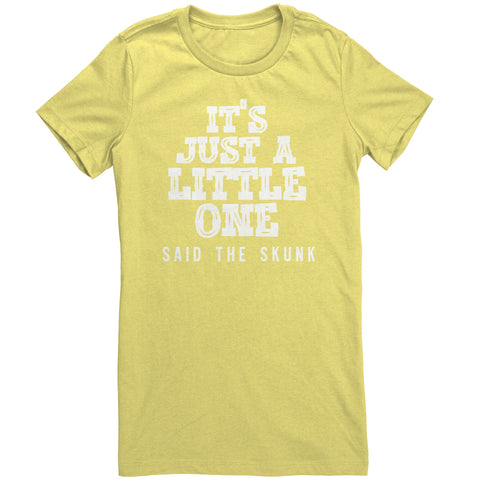

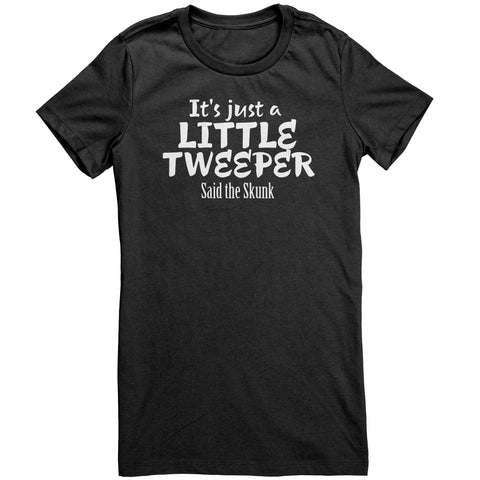
What made this interesting for me to write was because I never had heard before about Indiana being a western border part of the northwest territory, but it was and I could now imagine it’s existence for real. How these people in that area came from where I was born was another factor I enjoyed learning about. Our own exodus from eastern Kentucky almost exactly mirrored the things I talk about in My stories.